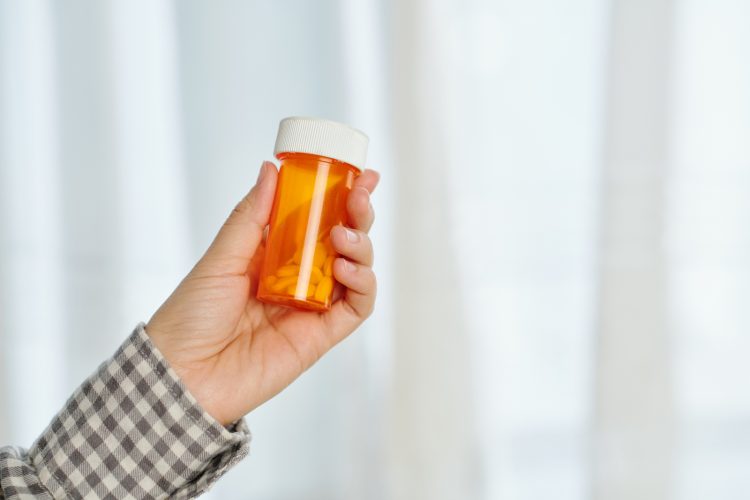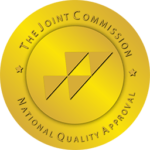The M367 pill is a prescription medication commonly used to treat moderate to severe pain. It contains a combination of hydrocodone, an opioid pain reliever, and acetaminophen, a non-opioid pain reliever, which work together to provide effective pain relief. While this pill can be highly beneficial for those recovering from surgery or managing chronic pain, it also carries significant risks, including the potential for addiction and serious side effects. Understanding how the M367 pill works, its uses, and its risks is essential for safe and responsible use.
What is the M367 Pill?
Understanding the Composition of M367 Pill
The M367 pill contains a combination of hydrocodone and acetaminophen. Hydrocodone is an opioid, a powerful class of drugs used to manage pain. Acetaminophen, on the other hand, is a prescription medication pain reliever and fever reducer. When combined, these two substances provide a potent relief for pain.
Identifying M367 by Appearance
You can identify the M367 pill by its white long oval shape. The pill is imprinted with “M367” on one side. This combination helps pharmacists and patients identify the drug easily.
Medical Uses of M367 Pill
The M367 pill is commonly prescribed to manage moderate to severe pain, especially when other treatments have proven insufficient. While effective, it is usually reserved for short-term use due to the risk of addiction.
M367 for Pain Management
Pain management is an essential aspect of healthcare, particularly for patients suffering from severe or chronic pain. The M367 pill plays a crucial role in helping patients manage pain effectively. It is typically prescribed after surgeries, injuries, or for chronic pain, where other medications may not provide sufficient relief.
Post-Surgical Pain
After major surgeries, such as joint replacements or abdominal procedures, patients often experience significant discomfort. In these cases, non-opioid pain relievers may not be enough. The M367 pill offers relief during the recovery period, allowing patients to rest and heal more comfortably.
Injury-Related Pain
The M367 pill is often prescribed for individuals who have suffered from major injuries, such as fractures or trauma. These injuries can cause severe pain, which may be difficult to manage with over-the-counter medications. M367 provides strong relief, helping patients recover with less pain.
Chronic Pain
For chronic pain conditions such as arthritis, back pain, or nerve damage, M367 may be prescribed when other treatments fail. While prescription opioids are typically not the first choice for chronic pain, M367 is sometimes used for flare-ups or when other medications prove ineffective.
Cancer Pain
Cancer patients experiencing significant pain due to their illness or treatment may be prescribed M367. This medication can help manage the intense discomfort associated with cancer, improving patients’ overall quality of life during treatment.
How M367 Works in the Body
The Role of Hydrocodone and Acetaminophen
Hydrocodone affects the brain’s pain receptors, essentially reducing the perception of pain. Acetaminophen, while not as strong, enhances the effects of hydrocodone and works to reduce inflammation and fever. Together, they offer a powerful pain-relieving effect.
Interaction with Other Medications
Taking M367 with other medications can lead to dangerous interactions. For example, mixing opioids like hydrocodone with sedatives, antidepressants, or alcohol can increase the risk of side effects or overdose.
Risks and Warnings Associated with M367 Pill
Addiction and Dependence
One of the most significant risks associated with the M367 pill is the potential for addiction. Hydrocodone is an opioid, and opioids are well-known for their habit-forming nature. Even taking the medication as prescribed can lead to dependence over time.
M367 and Overdose Risks
Taking too much M367 or combining it with other substances can result in an overdose. Symptoms of overdose include extreme drowsiness, slow breathing, and unconsciousness. An overdose is a medical emergency that requires immediate attention.
M367 Pill and Addiction: What You Need to Know
Opioid addiction is one of the most critical public health issues today, and medications like the M367 pill, which contains hydrocodone, are at the heart of this growing crisis. While this pill can be an effective tool for managing pain, it also carries a significant risk of addiction and drug abuse, even when used as prescribed. Understanding how addiction develops and recognizing the signs early on can make a huge difference in preventing long-term dependency or abuse. Let’s dive into the details of how M367 addiction develops, the warning signs to watch out for, and the steps to take if you or someone you love is struggling with dependence on this medication.
Understanding Opioid Addiction
Addiction is a complex condition that affects both the brain and behavior. Opioids like hydrocodone (the active ingredient in M367) have a powerful effect on the brain’s reward system, creating a sense of euphoria in addition to pain relief. Over time, the brain starts to associate the use of the drug with pleasurable feelings, and this can trigger the development of both physical dependence and psychological addiction. The American Medical Association (AMA), an estimates that 3% to 19% of people who take prescription pain medications develop an addiction to them.
Opioid addiction doesn’t always happen overnight. It can start slowly, often with someone taking the medication as prescribed but noticing that their body becomes tolerant to its effects. This means they may need higher doses to achieve the same level of pain relief or, in some cases, the euphoric feeling that the drug can provide. This increase in dosage can lead to a dangerous cycle of dependency.
Signs of M367 Pill Addiction
Recognizing the signs of addiction can be difficult, particularly if the person has been taking M367 under the supervision of a doctor. However, there are several red flags to look out for that may indicate a developing dependency or addiction:
- Increased Tolerance: As mentioned earlier, needing more of the medication to get the same effect is one of the first signs of opioid addiction.
- Cravings: Feeling an overwhelming desire to take the M367 pill, even when you don’t necessarily need it for pain, can be a strong indicator of addiction.
- Loss of Control: You may start taking M367 in larger amounts or for a longer period than your doctor prescribed, or you may find it difficult to stop using the medication altogether.
- Doctor Shopping: If you’re going to multiple doctors to get prescriptions for the same medication, this is a clear sign of dependency.
- Withdrawal Symptoms: When you try to stop or reduce your intake of M367, you might experience uncomfortable withdrawal symptoms, which could include nausea, sweating, shaking, restlessness, and mood swings. These symptoms can push individuals to continue using the drug to avoid the discomfort of withdrawal.
- Neglecting Responsibilities: Addiction can lead to neglecting important work, family, or social responsibilities. If you find that you are prioritizing your medication over essential parts of your life, it’s time to seek help.
- Changes in Behavior: Opioid addiction often results in behavioral changes, such as increased secrecy, avoiding social interactions, or engaging in risky behaviors to obtain more pills.
How to Get Help for M367 Addiction
If you or a loved one is struggling with an addiction to the M367 pill, there are treatment options available. Rehab centers, like True Self Recovery, specialize in helping individuals overcome opioid addiction through medical detox and therapeutic support.
Alternatives to M367 for Pain Management
Non-Opioid Medications
There are alternatives to opioid-based medications like M367 for pain management. Over-the-counter pain relievers such as ibuprofen or aspirin can sometimes be effective without the risk of addiction.
Natural Pain Relief Methods
In addition to non-opioid medications, there are natural methods of pain relief. Techniques such as acupuncture, massage therapy, and even meditation can provide relief for certain types of pain without the risks associated with opioids.
The Importance of Responsible Use of M367 Pill
The M367 pill can be a lifesaver for those suffering from severe pain, but it also comes with significant risks, particularly when it comes to addiction and overdose. It’s essential to follow your doctor’s instructions carefully, store the medication securely, and explore alternative pain management options if possible. Understanding the dangers associated with opioids like M367 can help prevent misuse and ensure safe recovery from pain.
If you or a loved one are struggling with substance abuse, get in touch with True Self Recovery. Our addiction treatment facility is dedicated to providing comprehensive support to help individuals overcome the challenges of addiction.
FAQs
Are M367 Pills a Controlled Substance?
Yes, M367 pills are classified as a Schedule II controlled substance due to their potential for abuse and addiction.
How Long Do M367 Pills Stay in Your System?
M367 pills can stay in your system for about 24 to 72 hours, depending on factors like metabolism, dosage, and frequency of use.
Can You Overdose on M367 Pills?
Yes, taking too many M367 pills or combining them with other substances can result in a life-threatening overdose.
How Can I Safely Stop Taking M367 Pills?
To safely stop taking M367 pills, consult with your doctor. They can create a tapering plan to help you gradually reduce your dose and avoid withdrawal symptoms.



